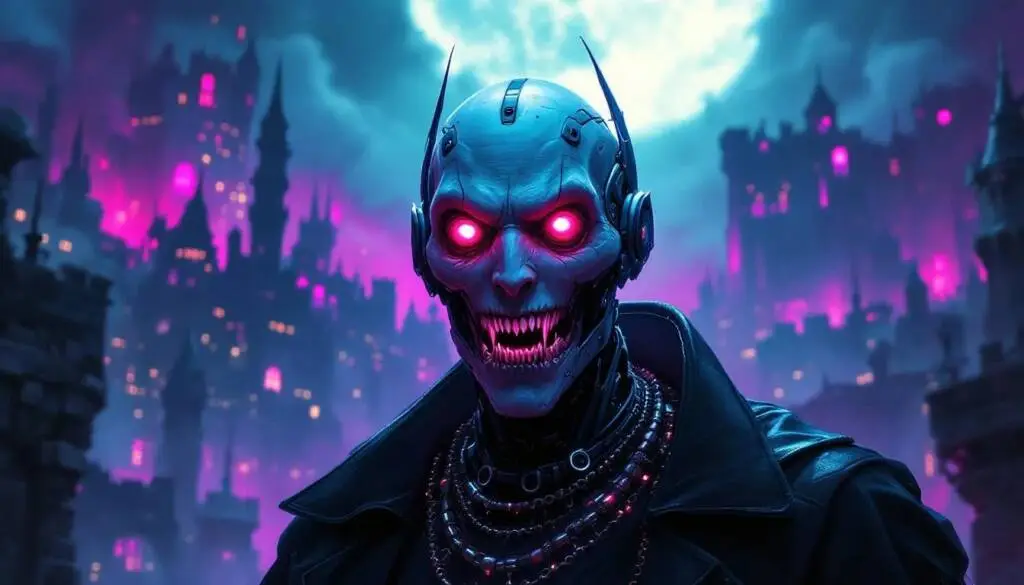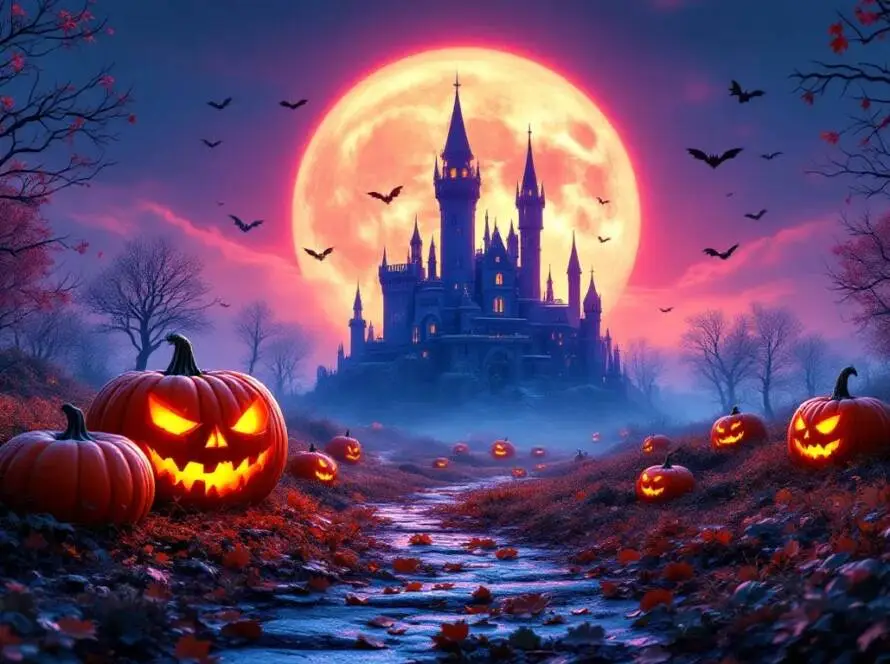Overview of “Dracula”
“Dracula,” written by Bram Stoker and published in 1897, is more than just a Gothic horror novel; it’s a rich tapestry of suspense and emotional intricacies that resonate deeply even today. Told through letters, diary entries, and newspaper clippings, this epistolary form pulls readers into the gripping narrative, blending realism with a sense of unease. Stoker’s portrayal of Count Dracula not only shaped the vampire genre but also created a framework that continues to haunt our collective imagination.
Plot Summary
At its heart, “Dracula” is a chilling journey into the unknown, led by Jonathan Harker, a young solicitor who dares to venture into the eerie landscapes of Transylvania. Initially, his mission is simple: assist Count Dracula with a property deal in England. But as he uncovers the true nature of his host—a centuries-old vampire—his excitement quickly turns to horror. Trapped in Dracula’s castle, Harker is swept into a nightmare of blood and seduction, where nothing is as it seems.
Upon escaping, Harker races against time as Dracula brings his reign of terror to England, preying on Lucy Westenra and then targeting Mina Harker, his fiancée. Lucy’s decline becomes a heartbreaking spectacle, underscoring the novel’s exploration of vulnerability and victimhood. In this desperate battle, a courageous band of characters forms—Dr. John Seward, Professor Abraham Van Helsing, and Arthur Holmwood. Their collective fight against Dracula becomes a desperate race for salvation, fraught with tension and emotion.
Key Characters
-
Count Dracula: The embodiment of seduction and terror, Dracula is a complex figure whose existence challenges the boundaries of morality and humanity. His ancient evil stands in stark contrast to the modern world.
-
Jonathan Harker: As the protagonist, Harker’s evolution from innocent solicitor to determined hunter is compelling. His deep love for Mina drives his courage, making the stakes intensely personal.
-
Mina Harker: Caught between love and horror, Mina represents both innocence and resilience. Her experience of victimization offers a poignant lens through which to view the turmoil inflicted by Dracula.
-
Lucy Westenra: Lucy’s tragic transformation into a vampire serves as a powerful commentary on innocence lost and the lurking dangers of desire.
-
Professor Van Helsing: The embodiment of rationality in the face of chaos, Van Helsing’s fierce dedication to eradicating evil brings a much-needed balance to the emotional whirlwind of the story. His wisdom guides the group in their battle against darkness.
Major Themes
-
Good vs. Evil: The timeless struggle between good and evil threads through the narrative, with Dracula as a fearsome representation of darkness and the protagonists embodying hope and determination.
-
Fear of the Unknown: Reflecting Victorian anxieties about sexuality, immigration, and foreign cultures, the novel masterfully taps into the fear of the unknown, taking readers on an emotional rollercoaster.
-
Science vs. Superstition: Throughout the story, characters grapple with the intersection of scientific reasoning and ancient folklore, revealing the tension between rational thought and irrational fear.
Cultural Impact
“Dracula” has spawned an endless array of adaptations across film, theater, and literature, cementing its status as a landmark in Gothic fiction. The evocative character of Count Dracula has become iconic, shaping contemporary portrayals of vampires in media and forever influencing how we perceive these creatures of the night.
Conclusion
In essence, “Dracula” stands as a monumental work that delves into themes of fear, desire, and the supernatural. Stoker’s novel continues to resonate profoundly, reflecting the timeless human struggles that give it life. Its complex characters and gripping storytelling invite readers not just to observe but to feel, capturing the essence of what makes us human in the face of darkness. Through every chilling page, we find ourselves drawn into a world where the line between reality and nightmare often blurs, keeping the aura of “Dracula” alive in our hearts and minds.
Disclaimer:
The information provided in this blog is for informational purposes only and should not be considered professional advice. While we strive to provide accurate and up-to-date information, we make no guarantees about the completeness or reliability of the content. Any actions you take based on the information in this blog are at your own risk. Additionally, this blog may contain affiliate links, and we may earn a commission from purchases made through those links.



